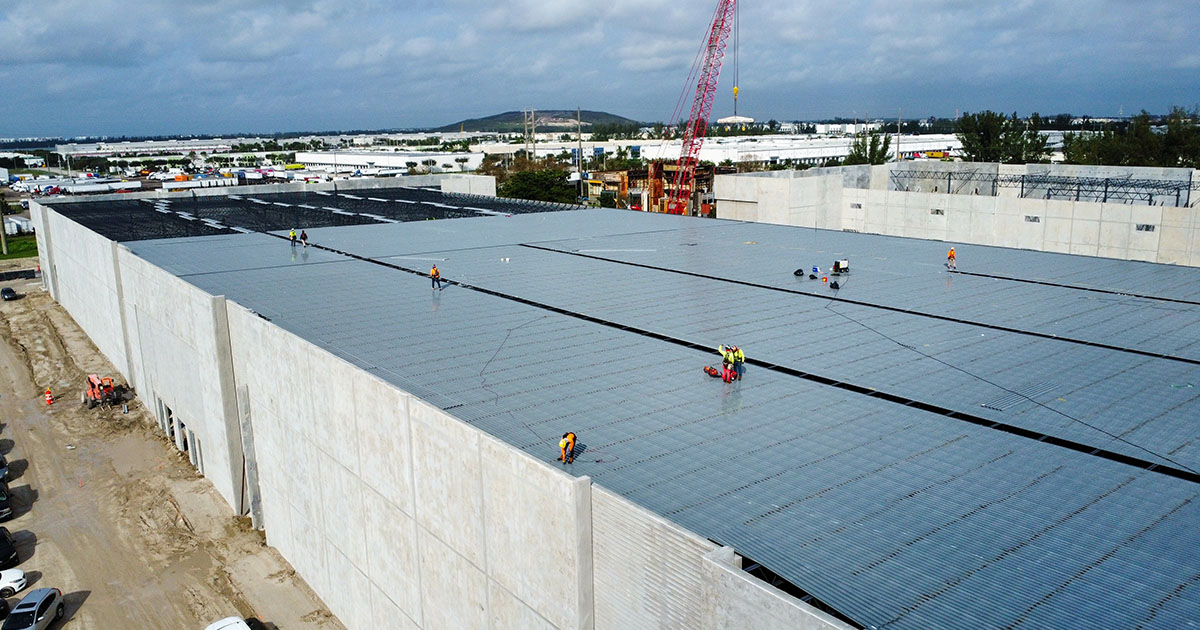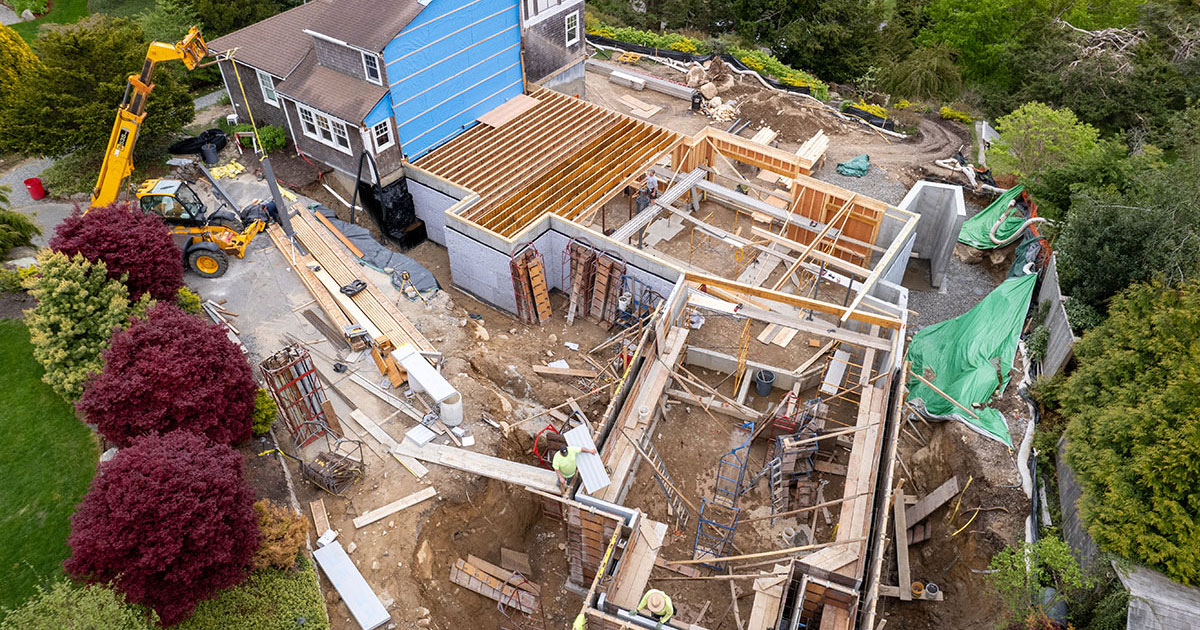
How CRM Integrations Can Streamline Your Construction Operations
Construction companies juggle a complex mix of tasks—managing projects, tracking budgets, communicating with clients, coordinating field teams, and securing new business. With so many moving parts, it’s easy for things to fall through the cracks. That’s where CRM (Customer Relationship Management) integrations come in. By connecting your CRM with other essential tools and platforms, you can simplify workflows, improve communication, and run your construction business more efficiently.
In this article, we’ll explore how CRM integrations can streamline operations for construction companies and help you stay ahead in a competitive industry.
1. What Is CRM Integration?
CRM integration refers to connecting your CRM system with other software and applications you use — like project management platforms, accounting tools, communication apps, and leads from your website — so data flows seamlessly between systems.
Common Integrations:
- Project management tools (e.g., Procore, Buildertrend)
- Email platforms (e.g., Outlook, Gmail)
- Accounting software (e.g., QuickBooks, Xero)
- Marketing automation tools
- Mobile apps for field workers
2. Why CRM Matters for Construction Companies
Unlike traditional sales-focused industries, construction businesses use CRMs not just for sales—but also to manage client relationships, proposals, site communications, and follow-ups. A well-integrated CRM becomes the central hub of your operations.
Key Benefits of Using a CRM:
- Centralizes client and project information
- Tracks communication history
- Manages sales pipelines and bids
- Stores documents and contracts
- Automates routine tasks
3. Benefits of CRM Integration in Construction
3.1. Better Project Visibility and Tracking
By integrating your CRM with project management tools, your office and field teams stay aligned. Everyone has access to real-time updates on tasks, schedules, and client communications.
Example:
Connect your CRM to Procore so that when a new project is added, it automatically syncs with your job site planning system.
3.2. Enhanced Client Communication
When your CRM is linked to your email or messaging platforms, all correspondence is logged and easy to access. This improves transparency and helps avoid misunderstandings.
Benefits:
- Faster client follow-ups
- Clear communication history for every project
- Fewer missed messages or updates
3.3. Simplified Proposal and Estimate Management
Integration with estimating or proposal tools allows you to generate quotes directly from your CRM. You can track which bids are pending, accepted, or declined—all in one place.
Popular Tools:
- Buildertrend
- CoConstruct
- JobNimbus
3.4. Efficient Scheduling and Resource Allocation
When your CRM integrates with calendar tools or scheduling software, it’s easier to assign crews, plan site visits, and avoid double-booking.
Features to Look For:
- Automatic task reminders
- Shared team calendars
- Real-time job updates
3.5. Smoother Financial Operations
Syncing your CRM with accounting software means you can automatically generate invoices, track payments, and reconcile budgets without manual data entry.
Example:
When a client signs a contract in your CRM, the information flows to QuickBooks to create an invoice automatically.
4. Popular CRM Integrations for Construction Companies
4.1. Salesforce + Procore
A powerful combination that links sales data with field operations. Great for larger firms handling multiple projects simultaneously.
4.2. HubSpot + Buildertrend
Ideal for small-to-midsize construction companies. Helps manage leads, automate marketing, and sync with on-site project management.
4.3. Zoho CRM + QuickBooks
Budget-friendly and scalable. Seamlessly connects lead management, invoicing, and financial reporting.
4.4. JobNimbus
A construction-focused CRM that integrates with dozens of tools and offers built-in features for estimates, scheduling, and project tracking.
5. How to Implement CRM Integrations Successfully
5.1. Start with a Needs Assessment
Identify the tools your team uses most and determine where manual processes are causing delays or errors.
5.2. Choose an Integration-Friendly CRM
Select a CRM that supports API integrations or has native plugins for the apps you already use.
5.3. Train Your Team
Ensure your office staff, project managers, and field workers understand how to use the integrated system effectively.
5.4. Monitor and Adjust
After implementation, track KPIs like:
- Lead-to-project conversion rates
- Time saved on manual tasks
- Client satisfaction levels
Refine your integrations as your needs evolve.
6. The Long-Term Value of CRM Integration
6.1. Reduced Operational Costs
Automation reduces administrative overhead, allowing your team to focus on revenue-generating tasks.
6.2. Improved Client Experience
Clients get quicker responses, accurate updates, and a more professional experience from start to finish.
6.3. Scalable Growth
A well-integrated CRM allows you to manage more projects without adding administrative burden—essential for companies looking to scale.
7. Improving Field-to-Office Collaboration
One of the most common pain points in construction is the communication gap between field crews and office staff. CRM integrations help bridge this gap by enabling field teams to input updates, photos, or job notes that automatically sync with your CRM or project management software.
Examples of Use:
- Site supervisors can upload progress reports directly from a mobile app.
- Foremen can flag issues that instantly notify the project manager or sales rep.
Result: Fewer delays, better documentation, and faster resolution of on-site problems.
8. Custom Reporting for Smarter Decision Making
When your CRM is integrated with estimating, accounting, and project management tools, it can become a powerful reporting engine. You can create dashboards that track project margins, sales conversion rates, team performance, and client satisfaction—all in one place.
Benefits of Custom Reporting:
- Identify your most profitable project types.
- Track which marketing sources generate the best leads.
- Forecast cash flow more accurately based on pipeline activity.
9. Automating Lead Nurture and Follow-Up
CRM integrations with marketing tools like email automation or social ad platforms allow you to automatically stay in front of prospects and re-engage dormant leads. This is especially valuable for long sales cycles common in commercial and residential construction.
What This Looks Like:
- Automatically send a follow-up email one week after an estimate is sent.
- Re-target past leads with display ads on social media.
- Notify a sales rep when a lead revisits your services page.
Conclusion: Future-Proof Your Construction Business with CRM Integration
In a fast-paced industry like construction, efficiency and communication are key. CRM integrations allow you to consolidate your tools, streamline operations, and enhance every aspect of your business—from bidding and scheduling to billing and client relationships.
If your construction business is ready to take the next step in operational efficiency, it’s time to embrace CRM integration and transform how your team works—on-site and online.




